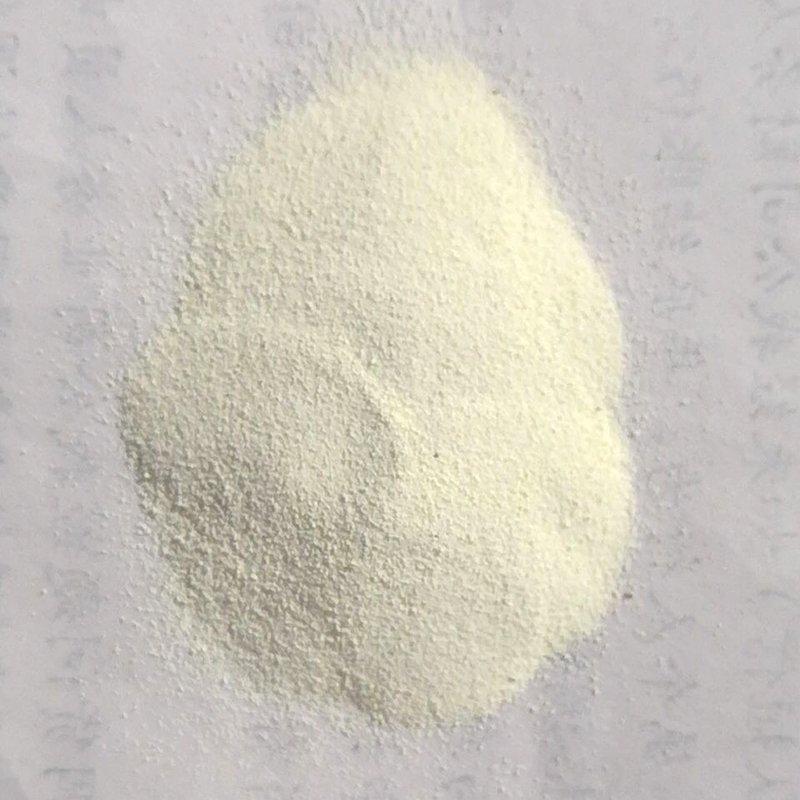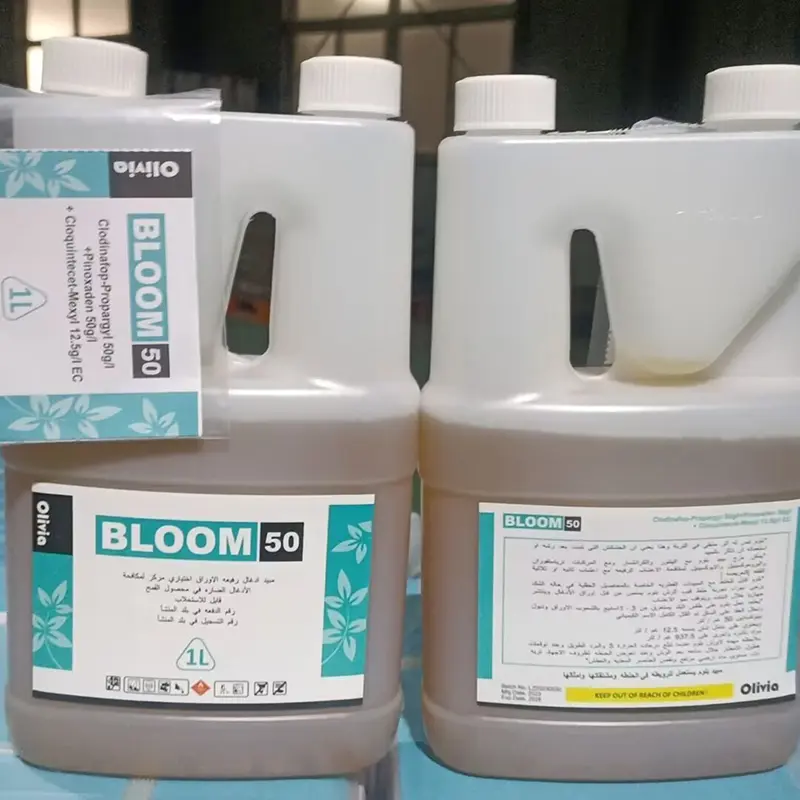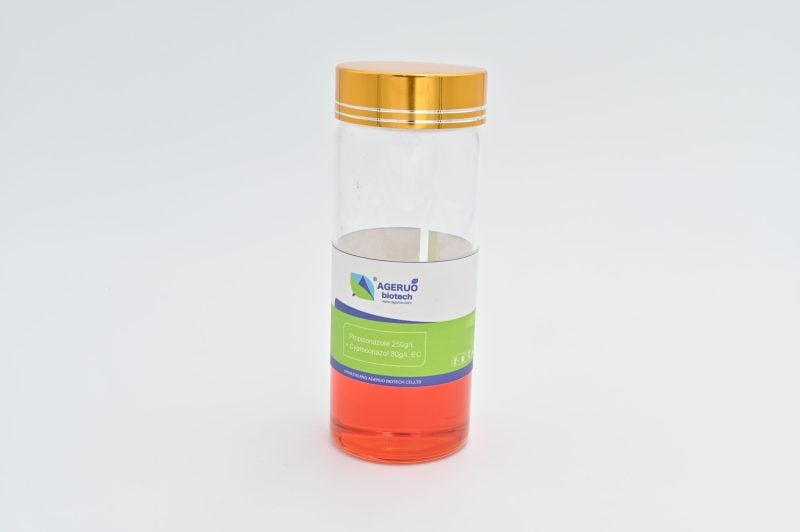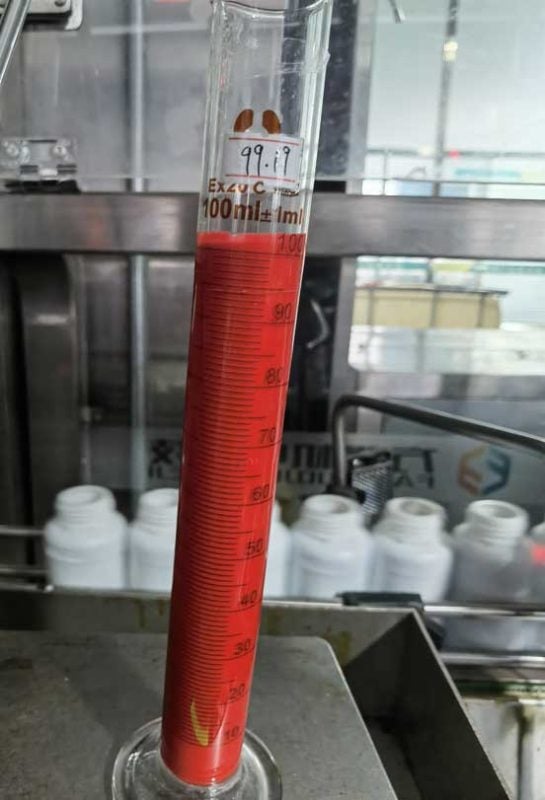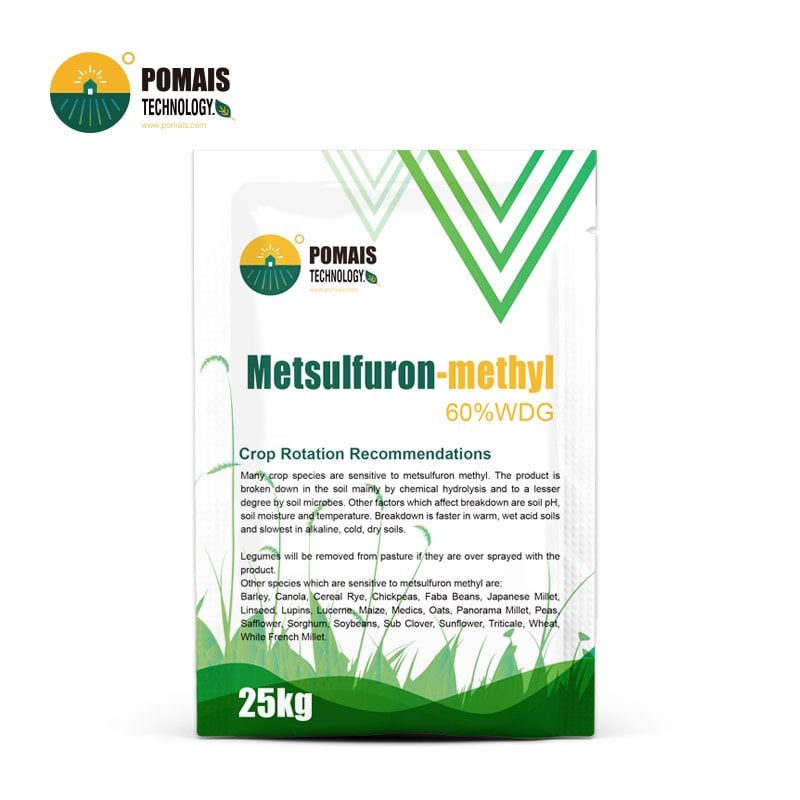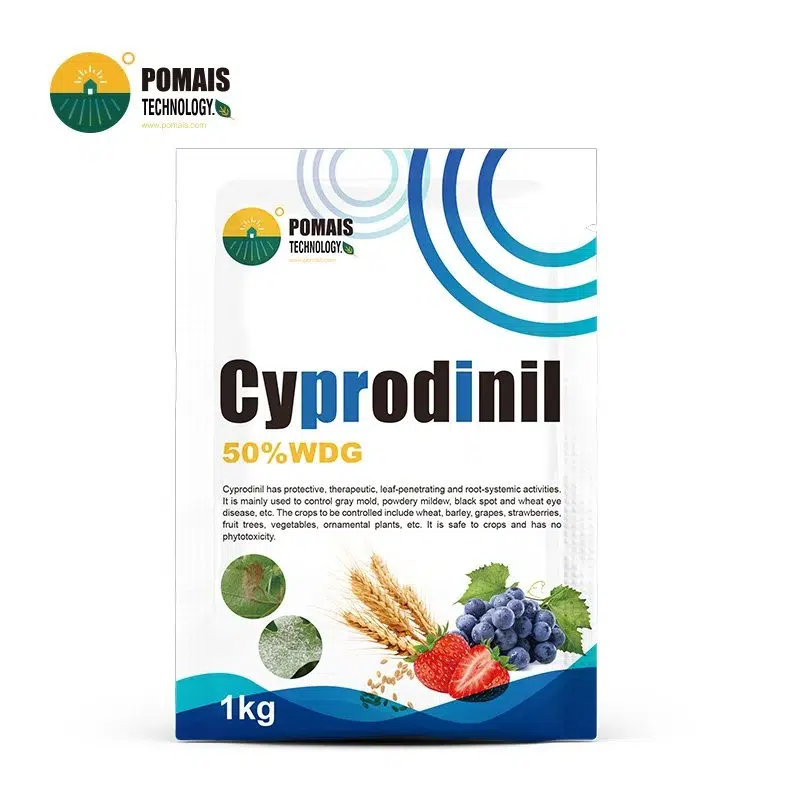Metiram Fungicide
Metiram is a broad-spectrum, contact fungicide that belongs to the dithiocarbamate family, similar to Mancozeb. It is primarily used to control a wide variety of fungal diseases in crops like fruits, vegetables, cereals, and ornamentals. Metiram works by inhibiting multiple enzyme systems in fungal cells, disrupting their normal functioning and preventing disease development.
- Designed for Professional Buyers & Bulk Orders
- This product is available for business purchase and large-scale distribution.
- We support custom packaging, labeling, and formulation to meet your market needs.
- Let’s build your brand together.

About Metiram Fungicide
About Metiram Fungicide
| Product Name | Metiram (fungicide) |
| Active Ingredient | Metiram |
| CAS Number | 9006-42-2 |
| Molecular Formula | C4H6N2S6Zn·x(C2H5NHCS2)xMn |
| Target Pests/Diseases | Broad-spectrum control of fungal diseases such as downy mildew, blight, scab, rust, and anthracnose |
| Applicable Crops | Potatoes, tomatoes, grapes, apples, and various vegetables |
| Dosage | 1-2 kg per hectare |
| Mode of Action | Protective fungicide; acts by forming a barrier on plant surfaces, inhibiting fungal spore germination |
| Tank Mix Compatibility | Compatible with other fungicides and insecticides depending on crop requirements |
| Common Formulations | Wettable Powder (WP), Water Dispersible Granules (WG) |
| Common Concentrations | 70% WP, 80% WG |
| Packaging Types | 1kg/bag, 5kg/bag, 25kg/drum |
| Pre-Harvest Interval | 7-14 days |
| Company Strengths | POMAIS offers high-quality protective fungicides, supports global OEM/ODM services, competitive pricing, and custom packaging solutions for a variety of crops |
Our company manufactures and supplies high-quality Metiram Fungicide products with customized packaging and labeling options to meet the specific needs of our clients. All our products are produced in ISO 9001 certified facilities, ensuring consistent quality.
Metiram Fungicide
Metiram Fungicide is widely used to manage fungal diseases in grapes, vegetables, cereals, and ornamentals. As a contact fungicide, it provides preventive protection by forming a barrier on plant surfaces, preventing fungal infections. Metiram is available for sale in multiple formulations and packaging sizes, making it a versatile solution for both large-scale agriculture and smaller farming operations.
Mode of Action
Metiram acts by interfering with fungal cellular respiration, preventing the germination and spread of fungal spores. It remains on the plant’s surface, providing preventive protection against fungal infections. As a non-systemic fungicide, it does not penetrate the plant tissue, but forms an effective barrier against various fungal pathogens.
Applications
| Crops | Target Diseases | Rate/ha | Critical Comments |
|---|---|---|---|
| Grapes | Downy mildew, black rot, anthracnose | 2-3 kg/ha | Apply as a preventive treatment. Reapply every 7-10 days during periods of high humidity and rain. |
| Potatoes, Tomatoes | Late blight, early blight, downy mildew | 2-3 kg/ha | Apply at the first sign of disease or preventively in high-risk conditions. |
| Cereals (Wheat, Barley) | Leaf rust, powdery mildew, leaf spot | 2-4 kg/ha | Apply preventively during early growth stages. Reapply as needed based on disease pressure. |
| Ornamentals | Leaf spot, rust, downy mildew | 2-4 kg/ha | Suitable for protecting ornamental plants from fungal infections. Reapply based on disease pressure. |
Benefits
- Broad-Spectrum Control: Effective against a wide range of fungal diseases, including downy mildew, blight, and leaf spots.
- Protective Barrier: Forms a barrier on plant surfaces, preventing fungal infection.
- Non-Systemic: Remains on the surface, reducing the risk of plant tissue damage and offering a high level of crop safety.
- Versatile Use: Suitable for a variety of crops, including fruits, vegetables, and ornamentals.
Related Mixed Fungicides
- Metiram + Mancozeb: A powerful combination that offers broader protection against fungal diseases like blight, downy mildew, and leaf spots in fruits and vegetables.
- Metiram + Copper Compounds: Enhances control over fungal pathogens while adding a layer of protection against bacterial diseases.
Application Rates and Usage
- Grapes: Apply 2-3 kg/ha preventively to control downy mildew and black rot. Repeat applications every 7-10 days depending on disease pressure.
- Potatoes and Tomatoes: Use 2-3 kg/ha to prevent and control blight and downy mildew. Reapply at intervals based on environmental conditions.
- Cereals: Apply 2-4 kg/ha to control leaf rust, powdery mildew, and leaf spot. Ensure timely application during early growth stages.
Always follow product label instructions for specific application rates and environmental conditions.
Packaging Options
- Bulk Packaging: Available in 25kg bags, 200L drums, and 1000L IBC containers for large-scale agricultural use.
- Small Packaging: Available in 500g, 1kg, and 5kg packs for smaller applications.
| Product Name | Metiram (fungicide) |
| Active Ingredient | Metiram |
| CAS Number | 9006-42-2 |
| Molecular Formula | C4H6N2S6Zn·x(C2H5NHCS2)xMn |
| Target Pests/Diseases | Broad-spectrum control of fungal diseases such as downy mildew, blight, scab, rust, and anthracnose |
| Applicable Crops | Potatoes, tomatoes, grapes, apples, and various vegetables |
| Dosage | 1-2 kg per hectare |
| Mode of Action | Protective fungicide; acts by forming a barrier on plant surfaces, inhibiting fungal spore germination |
| Tank Mix Compatibility | Compatible with other fungicides and insecticides depending on crop requirements |
| Common Formulations | Wettable Powder (WP), Water Dispersible Granules (WG) |
| Common Concentrations | 70% WP, 80% WG |
| Packaging Types | 1kg/bag, 5kg/bag, 25kg/drum |
| Pre-Harvest Interval | 7-14 days |
| Company Strengths | POMAIS offers high-quality protective fungicides, supports global OEM/ODM services, competitive pricing, and custom packaging solutions for a variety of crops |
Our company manufactures and supplies high-quality Metiram Fungicide products with customized packaging and labeling options to meet the specific needs of our clients. All our products are produced in ISO 9001 certified facilities, ensuring consistent quality.
Metiram Fungicide
Metiram Fungicide is widely used to manage fungal diseases in grapes, vegetables, cereals, and ornamentals. As a contact fungicide, it provides preventive protection by forming a barrier on plant surfaces, preventing fungal infections. Metiram is available for sale in multiple formulations and packaging sizes, making it a versatile solution for both large-scale agriculture and smaller farming operations.
Mode of Action
Metiram acts by interfering with fungal cellular respiration, preventing the germination and spread of fungal spores. It remains on the plant’s surface, providing preventive protection against fungal infections. As a non-systemic fungicide, it does not penetrate the plant tissue, but forms an effective barrier against various fungal pathogens.
Applications
| Crops | Target Diseases | Rate/ha | Critical Comments |
|---|---|---|---|
| Grapes | Downy mildew, black rot, anthracnose | 2-3 kg/ha | Apply as a preventive treatment. Reapply every 7-10 days during periods of high humidity and rain. |
| Potatoes, Tomatoes | Late blight, early blight, downy mildew | 2-3 kg/ha | Apply at the first sign of disease or preventively in high-risk conditions. |
| Cereals (Wheat, Barley) | Leaf rust, powdery mildew, leaf spot | 2-4 kg/ha | Apply preventively during early growth stages. Reapply as needed based on disease pressure. |
| Ornamentals | Leaf spot, rust, downy mildew | 2-4 kg/ha | Suitable for protecting ornamental plants from fungal infections. Reapply based on disease pressure. |
Benefits
- Broad-Spectrum Control: Effective against a wide range of fungal diseases, including downy mildew, blight, and leaf spots.
- Protective Barrier: Forms a barrier on plant surfaces, preventing fungal infection.
- Non-Systemic: Remains on the surface, reducing the risk of plant tissue damage and offering a high level of crop safety.
- Versatile Use: Suitable for a variety of crops, including fruits, vegetables, and ornamentals.
Related Mixed Fungicides
- Metiram + Mancozeb: A powerful combination that offers broader protection against fungal diseases like blight, downy mildew, and leaf spots in fruits and vegetables.
- Metiram + Copper Compounds: Enhances control over fungal pathogens while adding a layer of protection against bacterial diseases.
Application Rates and Usage
- Grapes: Apply 2-3 kg/ha preventively to control downy mildew and black rot. Repeat applications every 7-10 days depending on disease pressure.
- Potatoes and Tomatoes: Use 2-3 kg/ha to prevent and control blight and downy mildew. Reapply at intervals based on environmental conditions.
- Cereals: Apply 2-4 kg/ha to control leaf rust, powdery mildew, and leaf spot. Ensure timely application during early growth stages.
Always follow product label instructions for specific application rates and environmental conditions.
Packaging Options
- Bulk Packaging: Available in 25kg bags, 200L drums, and 1000L IBC containers for large-scale agricultural use.
- Small Packaging: Available in 500g, 1kg, and 5kg packs for smaller applications.
Related Products
Latest News

